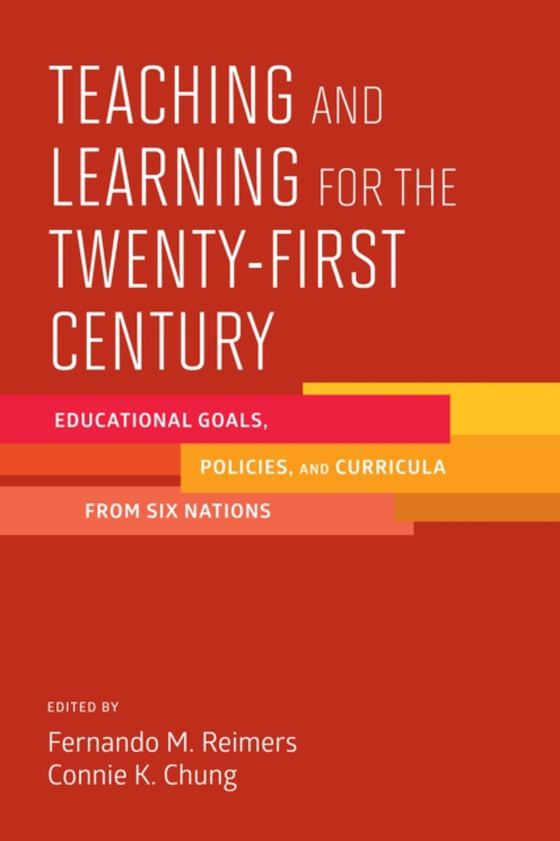
Teaching and Learning for the Twenty-First Century e-bog
337,32 DKK
(inkl. moms 421,65 DKK)
This book describes how different nations have defined the core competencies and skills that young people will need in order to thrive in the twenty-first-century, and how those nations have fashioned educational policies and curricula meant to promote those skills. The book examines six countriesChile, China, India, Mexico, Singapore, and the United Statesexploring how each one defines, suppor...
E-bog
337,32 DKK
Forlag
Harvard Education Press
Udgivet
2 januar 2019
Længde
304 sider
Genrer
3JM
Sprog
English
Format
epub
Beskyttelse
LCP
ISBN
9781612509242
This book describes how different nations have defined the core competencies and skills that young people will need in order to thrive in the twenty-first-century, and how those nations have fashioned educational policies and curricula meant to promote those skills. The book examines six countriesChile, China, India, Mexico, Singapore, and the United Statesexploring how each one defines, supports, and cultivates those competencies that students will need in order to succeed in the current century.Teaching and Learning for the Twenty-First Century appears at a time of heightened attention to comparative studies of national education systems, and to international student assessments such as those that have come out of PISA (the Program for International Student Assessment), led by the Organisation for Economic Co-operation and Development. This book's crucial contribution to the burgeoning field of international education arises out of its special attention to first principlesand thus to first questions: As Reimers and Chung explain, ';much can be gained by an explicit investigation of the intended purposes of education, in what they attempt to teach students, and in the related questions of why those purposes and how they are achieved.'These questions are crucial to education practice and reform at a time when educators (and the students they serve) face unique, pressing challenges. The book's detailed attention to such questions signals its indispensable value for policy makers, scholars, and education leaders today.
 Dansk
Dansk

